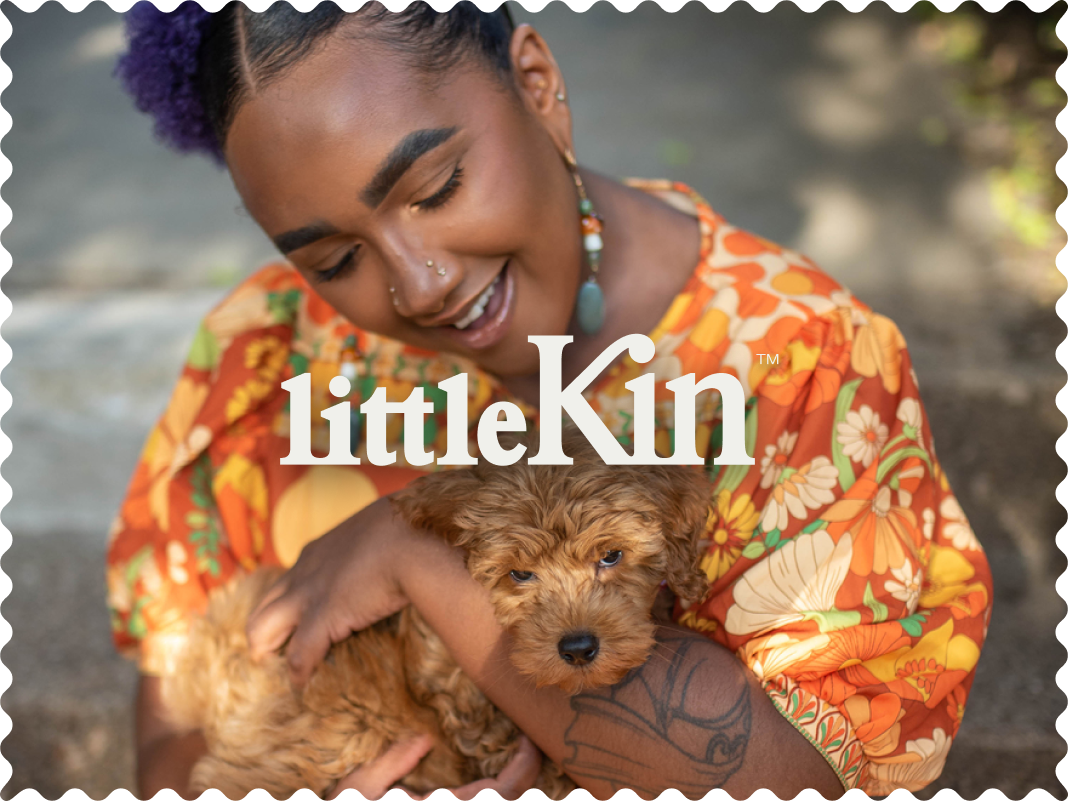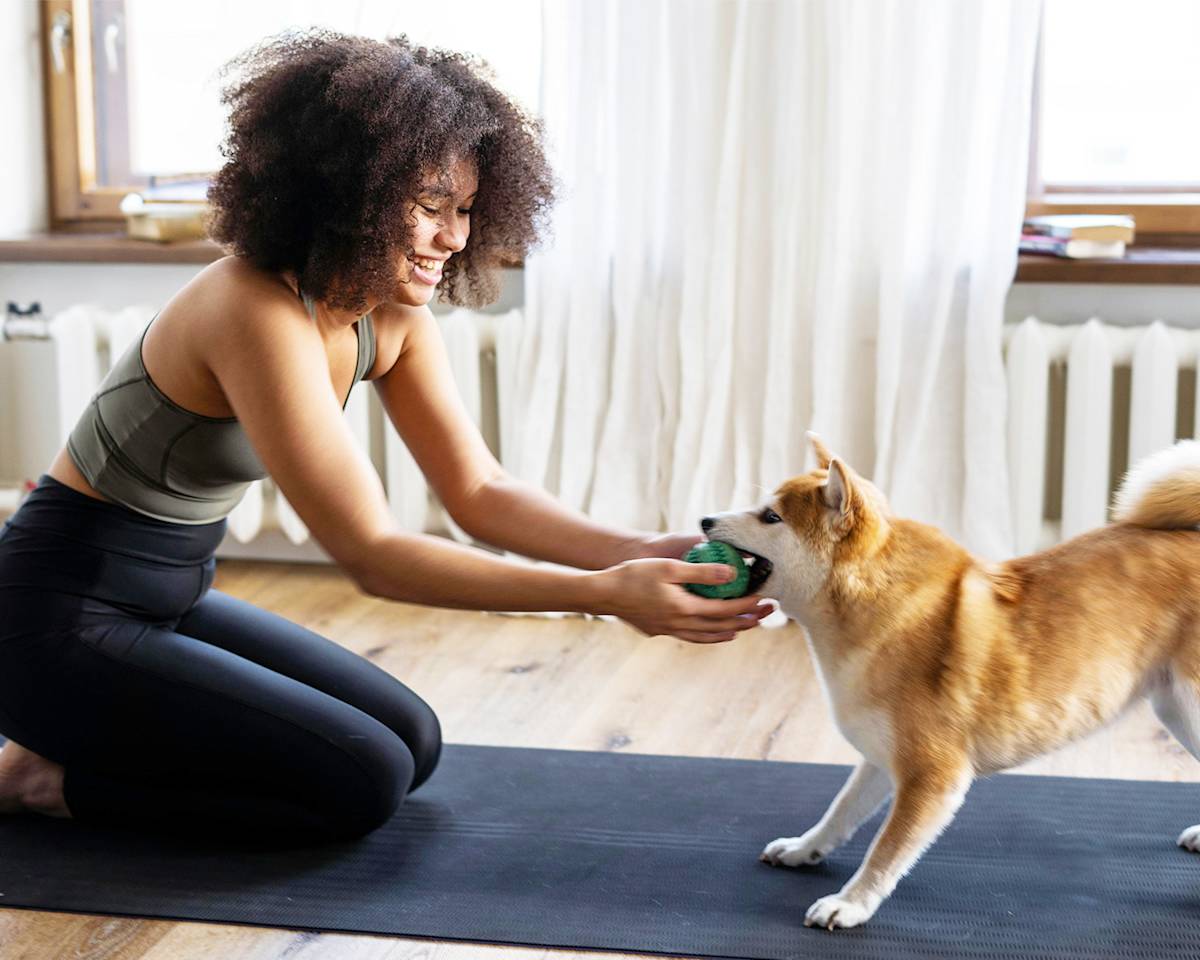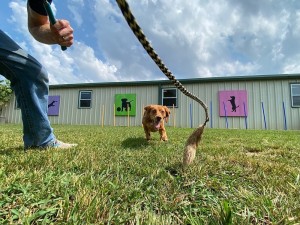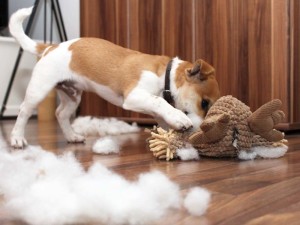5 Surprising Benefits of Giving Your Dog a Chew Every Day
It’s not just because they’re yummy
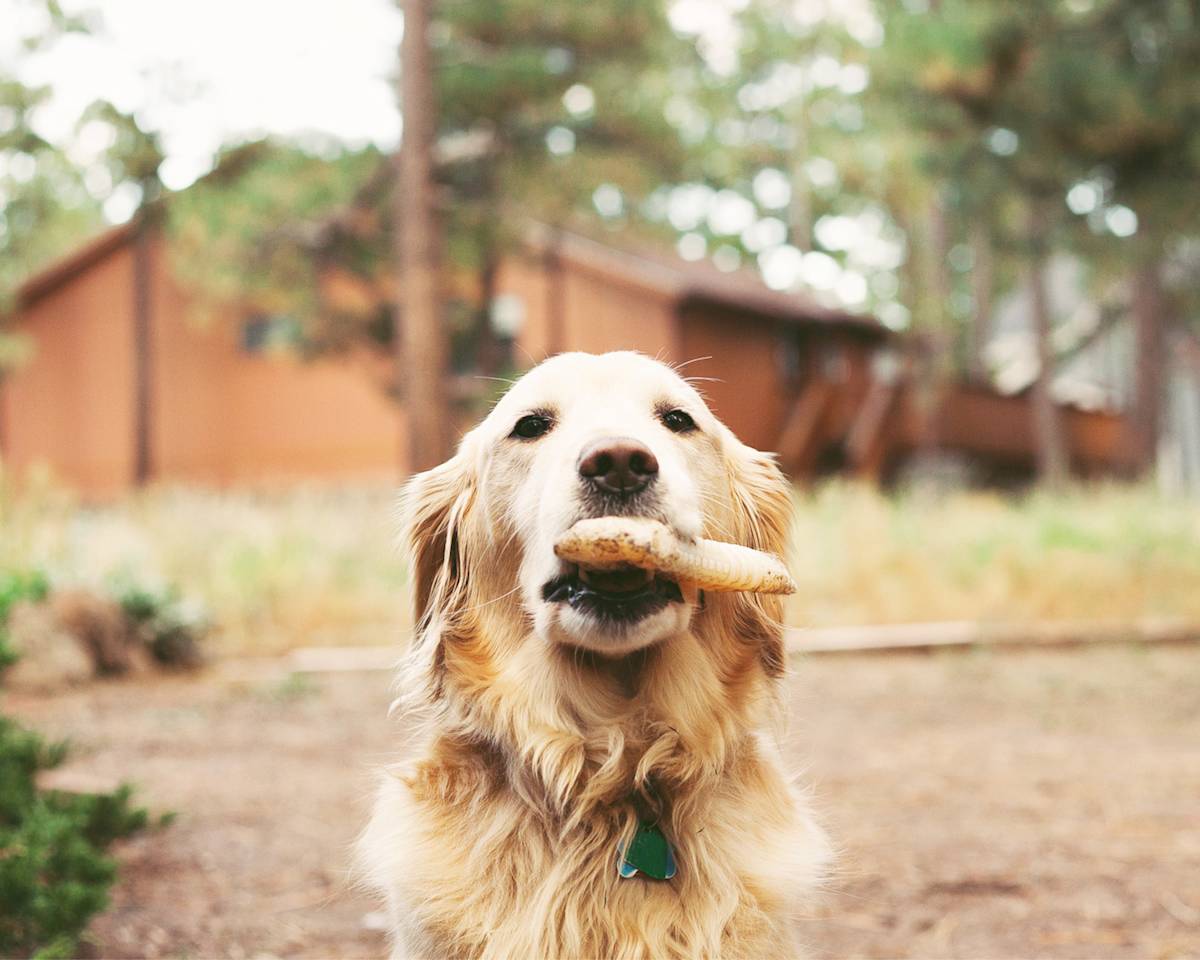
Share Article
If you’ve ever caught your dog happily chewing your new pair of shoes or chomping down on a stick on a walk, you know how much they love to chew. For dogs, chewing isn’t just for fun or something to pass the time though. It’s an essential part of their mental and physical health – and not something to be discouraged. In fact, it’s something to encourage every single day.
So, how do you encourage appropriate chewing that doesn’t involve your very expensive new boots? And why exactly does chewing benefit your dog? Here’s everything you need to know.
Five reasons to let your dog chew every day
1. It can help their oral health
While chewing may not prevent dental disease, there is some evidenceopens in new tab to suggest that properly formulated chew-based productsopens in new tab can help reduce build-up on your dog’s teeth, maintain jaw strength and could help look after their oral health at home. Of course, chews that are too hard for your dog can cause issues such as tooth fractures so be careful what you offer them, and read the guidelines carefully.
2. It helps relieve stress
Chewing doesn’t just benefit your dog’s teeth – it’s also soothing for their mind. It releases endorphinsopens in new tab, or ‘feel-good’ chemicals, in the brain, which go some way to reducing stress and help dogs feel more relaxed. So, if your dog has certain times of day they get stressed or even super excited, try offering them a long-lasting chew and see the effects for yourself.
(Note: if your dog has separation anxiety, this is not a quick fix. Many dogs with this issue are too stressed to eat so require help from an accredited behaviourist.)
3. It can reduce boredom
Many training and behavioural issues occur when dogs aren’t mentally stimulated enough. These may include excessive barking or destructive behaviour like ripping up your furniture or chewing on the TV remote. Giving your dog an outlet in the form of an appropriate chew can help keep them occupied, particularly if you’re too busy to do anything with them.
4. It’s particularly important for puppies
The puppy biting phase is horrible. There’s no getting round that. But chewing is an essential part of their development and chewing can help relieve the discomfort in their gums while they’re going through the teething phase. And putting stuff in their mouth helps them learn about their environment and everything in it.
Once dogs reach the terrible teens, their urge to chew often increases again – partially because their adult teeth are settling in. So having some chews they enjoy on rotation can help save your body parts and furniture from annihilation.
It’s important to remember that puppy’s don’t have particularly strong teeth so it‘s important not to give them anything too hard to chew as it could damage or even break their teeth. Always make sure you read the product guidelines thoroughly before giving any chew to a puppy or dog, and never leave a puppy unattended with a chew.
5. It can help your senior dog too
It’s not just younger dogs that benefit from regular chews. Researchopens in new tab on other mammals has found that chewing can help the brain keep working as it should, meaning it may be particularly beneficial for older dogs who may start to show cognitive decline. It’s also a great activity if your elderly dog can’t get around much anymore as they don’t need to be active to enjoy the enrichment this behaviour brings.
When should I give my dog a chew?
It’s beneficial for dogs to have something to chew every single day. But you can be pretty clever with what time you give them one.
Say you’ve got an important Zoom meeting and need your dog to occupy themselves. That could be a great time to offer them a chew (if they’re not too loud!). Or if you’ve got guests coming round and would like them to be a little more relaxed (and they don’t exhibit resource guarding behaviour).
A chew can also be a great way to help them transition from an excitable activity such as running around or play to a more settled state. So, if they’ve gone on a walk and played with lots of dog friends, help them come down from that high with something to gnaw on afterwards when you get home.
Which chew is right for my dog?
The internet is a wild place with so many chew options available. Even non-pet shops have such a wide variety now, it can make it hard to know what’s best for your dog.
Chews fall into two main categories: edible and inedible. Natural edible chews such as ears and pizzles can last quite a long time, meaning your dog will enjoy greater benefits. If you’re not a fan of animal parts, opt for something like a yak chew instead which is made from a mix of yak and cow milk.
Meaty bones are another edible option, but it’s important to make sure that you don’t offer cooked bones as these can splinter and injure your dog. (You can often buy raw bones for very cheap at a local butchers – ask around, and if you’re lucky they may even hand some out to pet parents for free.)
All of these of course come with calories. If you’re concerned about how much to feed your dog, speak to your vet for guidance. Treats should generally only cover 10 percent of your dog’s daily calorie intake.
As for inedible options, chew toys such as Kongs or Nylabones may suit some dogs (although some vets advise against Nylabones for fear of tooth damage). Some of these options are flavoured to entice them even more.
How do I reduce the risk of my dog choking on a chew?
Before making a decision, consider your dog’s size, age and chewing habits. Remember that any chew can be a choking hazard, although there are ways to reduce this risk.
It’s always best to pick something big enough that your dog is unlikely to be able to swallow whole. If your dog’s a vigorous chewer and may be at risk of breaking off bits of material and swallowing them, an edible chew may work better than an inedible one. (That being said, if your dog is a guzzler and at risk of chewing bits off any chew, it’s always best to supervised them, whether they have an edible or inedible chew.) Avoid hard chews such as antlers or hooves, and give rawhide a miss for numerous reasons.
Some chews are only suitable for dogs over a certain age so always read the label if you’re buying for a younger puppy. And be cautious with giving your dog anything that’s too hard. If you can’t make an indent with your thumbnail, it may damage your dog’s teeth. Always buy from a reputable brand and supplier. Unregulated chews purchased from online marketplaces have previously caused unfortunate health consequences.
Don’t forget to always supervise your dog when chewing and remove anything that’s getting too small or breaking apart. Rather than just taking it off them when this happens (which can contribute to resource guarding), swap the chew out for an alternative treat when needed or buy a chew holder toy so they can’t access the end.
Resources
Niemiec, B., et al. “World Small Animal Veterinary Association Global Dental Guidelinesopens in new tab.” Journal of Small Animal Practice, vol. 61, no. 7, July 2020, https://doi.org/10.1111/jsap.13132.
Flint, Hannah E., et al. “Long-Lasting Chews Elicit Positive Emotional States in Dogs during Short Periods of Social Isolationopens in new tab.” Animals, vol. 13, no. 4, Feb. 2023, p. 552, https://doi.org/10.3390/ani13040552.
Lopez‐Chaichio, Lucia, et al. “Oral Health and Healthy Chewing for Healthy Cognitive Ageing: A Comprehensive Narrative Review.opens in new tab” Gerodontology, Nov. 2020, https://doi.org/10.1111/ger.12510.
Ruparell, Avika, et al. “Effect of Feeding a Daily Oral Care Chew on the Composition of Plaque Microbiota in Dogsopens in new tab.” Research in Veterinary Science, vol. 132, Oct. 2020, pp. 133–41, https://doi.org/10.1016/j.rvsc.2020.05.001. Accessed 17 Feb. 2023.
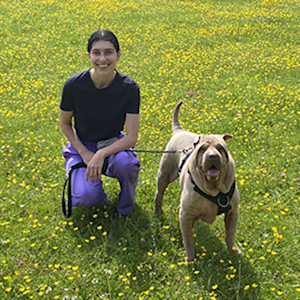
Lauren Sharkey
Lauren Sharkey is a journalist-turned-dog behaviourist who runs Winnie’s Worldopens in new tab: a training and behavioural company that aims to give dogs and their pet parents the life they deserve. She shares her life with a Shar Pei named Winston, who is the inspiration for her career change along with being her biggest love (and challenge!).
Related articles
![Golden Retrieve dog running in the grass outside, playfully chasing a flirt pole held by a man in blue jeans]()
Your Dog Is Bored. Here’s How to Solve That
Get out the toys and puzzles
![White and brown puppy destroyed a stuffed toy]()
5 Ways to Stop Your Puppy From Ripping Up Their Toys
How to teach your dog to enjoy, not destroy, their toys
![Bullmastiff puppy chewing on a purple ring chew toy]()
11 Tough Toys for Power Chewers
Veterinary behaviourist Dr Valli Parthasarathy recommends the most durable dog toys for destructive players
What Is the Best Way to Clean a Dog’s Teeth?
![a close up picture of a beagle chewing a chew]()
Making Short Absences Easy: How To Leave Your Dog Home Alone
Experts explain how one simple purchase could help your nervous pup feel more comfortable alone
